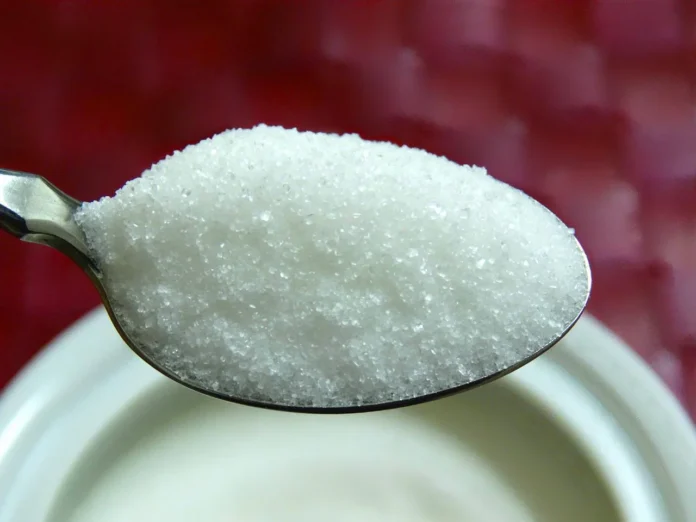The amount of sugar you should consume daily depends on health recommendations from organizations like the World Health Organization (WHO) and the American Heart Association (AHA). Here’s a detailed breakdown:
Recommended Daily Limit for Sugar
Added sugar (the kind in sweets, drinks, and processed foods) is different from natural sugar found in fruits, vegetables, and dairy.
1. American Heart Association (AHA) Recommendations:
- Men: 9 teaspoons (36 grams) of added sugar per day.
- Women: 6 teaspoons (25 grams) of added sugar per day.
- Children: 3-6 teaspoons (12-25 grams), depending on age.
2. World Health Organization (WHO):
- Recommends less than 10% of your total daily calories from added sugars.
- For better health, aim for 5% or about 6 teaspoons (25 grams) for most adults.
Understanding Teaspoons and Sugar Grams
- 1 teaspoon of sugar = 4 grams of sugar.
- So, 9 teaspoons = 36 grams, and 6 teaspoons = 24 grams.
Why Should You Limit Sugar?
- Weight gain and obesity: Excess sugar is stored as fat, leading to weight issues.
- Increased risk of diabetes: Consistent overconsumption affects insulin sensitivity.
- Heart diseases: Diets high in sugar contribute to inflammation and heart risks.
- Cavities and dental issues: Bacteria in the mouth thrive on sugar.
- Mood fluctuations and cravings: Sugar leads to quick energy spikes followed by crashes, making you crave more.
Where Is Sugar Hidden?
Be mindful that sugar isn’t just in desserts. It’s also in:
- Soft drinks and fruit juices
- Flavored yogurts
- Breakfast cereals
- Sauces like ketchup and BBQ sauce
- Packaged snacks and granola bars
How to Control Sugar Intake:
- Check food labels: Look for hidden sugars (sucrose, high-fructose corn syrup, etc.).
- Replace sugary snacks with healthier options like nuts, fruits, or jaggery, which you already enjoy!
- Reduce sugary drinks: Drink water, tea, or coffee without added sugars.
- Cook at home: This helps you control how much sugar goes into your food.



